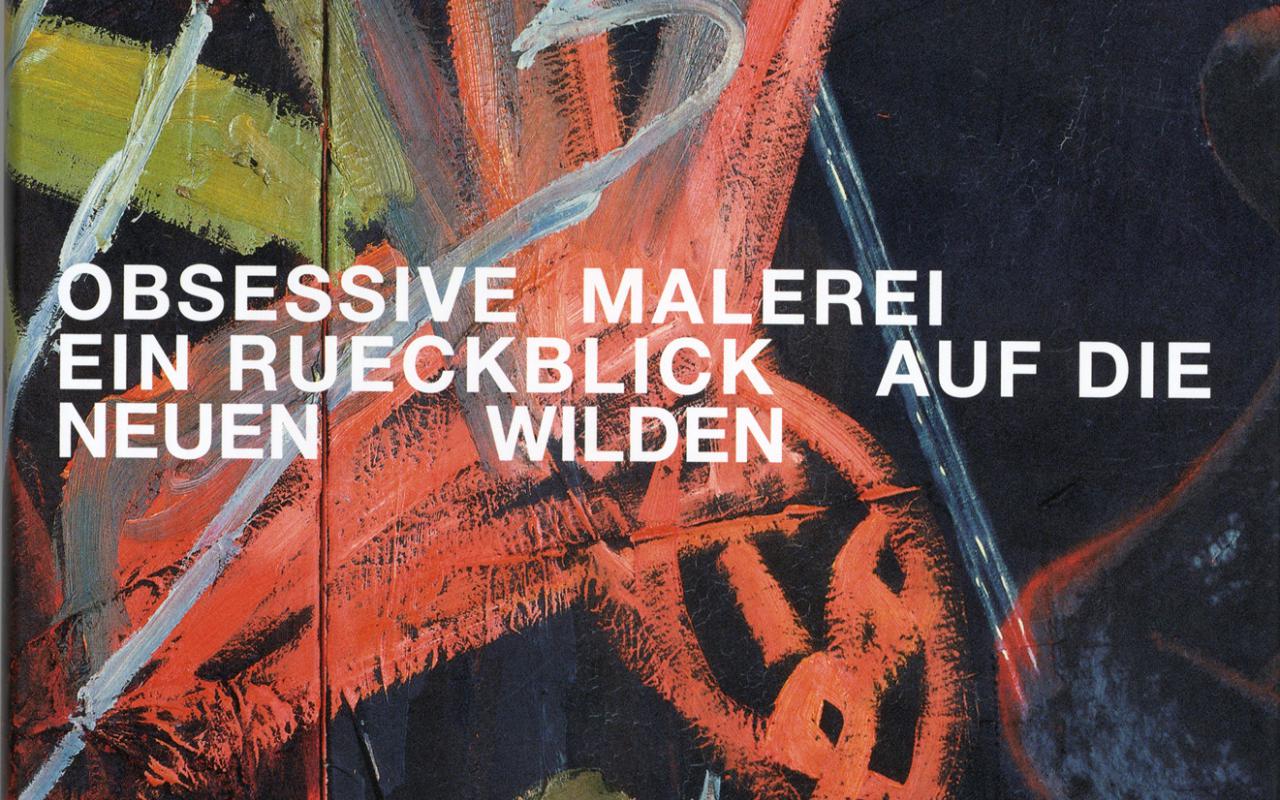At the beginning of the 1980s, having apparently been all but ousted by minimal and concept art, painting once again blossomed, with great passion but only for a short time. In Berlin, Cologne and Hamburg, young artists joined forces as the »Neue Wilde«, rebelling against what Georg Baselitz, Anselm Kiefer, Sigmar Polke and Gerhard Richter had been producing. Their radically subjective focus gave birth to highly expressive paintings with a powerful use of color. Within just a few months their large canvases had taken art markets by storm and already found homes in renowned collections. Nonetheless then, as now, this form of »zestful painting« polarized the art world. And because to date no conclusive view on this artistic trend has been forthcoming, the Museum für Neue Kunst intends to subject the paintings to closer examination and throw them open for discussion in the context of a panoramic exhibition. On the basis of over 40 prominent works from the FER collection, as well as loans from other collections and museums, the exhibition aims to address the goals and the visions of those young artists who as early as the beginning of the 1980s focused their attention so vehemently on the medium of painting.
At the end of the 1970s a return to figurative painting was gradually emerging in the work of the Berlin painters Rainer Fetting, Helmut Middendorf, Salomé (Wolfgang Cihlarz) and Bernd Zimmer. Their burlesque, ecstatic imagery are a demonstration of the increasingly subjective nature of painting, which, while apparently following in the footsteps of German Expressionism took the Berlin sub-culture, Punk and new wave music as its subject matter. The works on display in the Museum für Neue Kunst show that in addition to Salomé and Fetting's exhibitionist treatment of their own sexuality, classical themes, such as Zimmer's landscapes once again became the focus of attention.
At the same time as the »Neue Wilden« in Berlin, Hans Peter Adamski, Peter Bömmels, Walter Dahn, Jiří Georg Dokoupil, Gerard Kever and Gerhard Naschberger all rented a joint studio in Cologne, and named it after the street in which it was located: »Mülheimer Freiheit« No. 110. In comparison with the pictures being produced in Berlin, these humorously ironical pictures, which were influenced by the Italian Arte Cifra, have even less in common stylistically. As such, the early joint pictures by Walter Dahn and Jiří Georg Dokoupil demonstrate that Cologne Neo-Expressionism nurtured various individual styles at once and, what is more, defied any compartmentalization.
Artists in Hamburg such as Werner Büttner, Martin Kippenberger and Albert Oehlen took a different approach: there, not only the artist as a personality but also his views on the standardized values of a bourgeois mindset were most important. At first sight their canvases seemed almost amateurish, but in reality they consciously eschewed perfection, and their frequently somber pictures were a form of revolt against the apathy resulting form the affluence of the 1980s.
In order to illustrate the differences between the individual groups, the 140 works on show have been allocated to three sections, which correspond to the three regional centers. These are grouped around a separate time tunnel, which runs through the exhibition diagonally and highlights the different stages of established German painting.
- Credits
- Ralph Melcher (Curator)
- Ulrike Gehring (Curator)
- Exhibitions team
Rainer Gabler (technical participation)
Christof Hierholzer (technical participation)
Marianne Meister (registrar)- Organization / Institution
- ZKM | Museum für Neue Kunst
